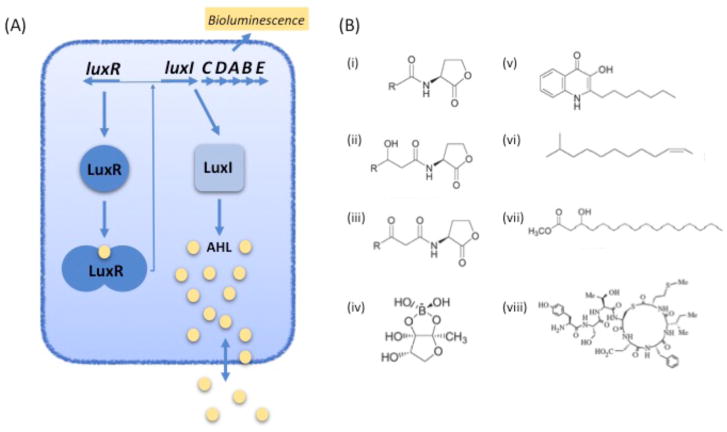Fig. 1. Canonical QS and the chemical diversity of signals.
(A) Quorum sensing in Vibrio fischeri. LuxI produces 3O-C6-HSL (AHL, yellow spheres), which specifically interacts with the LuxR transcriptional regulator when it reaches concentrations in the nM range. This leads to expression of the luxICDABE operon and bioluminescence. (B) Examples of quorum sensing signals from Gram-negative and Gram-positive bacteria. (i) AHL, N-acyl homoserine lactone; (ii) 3-Hydroxy-AHL, N-(3-hydroxyacyl)homoserine lactone; (iii) 3-oxo-AHL, N-(3-oxoacyl)-L-homoserine lactone. R can be a fatty acyl group of 4–18 carbons with or without one unsaturated carbon-carbon bond, the terminal carbon can be branched and some R groups are aromatic acids (p-coumaric acid or cinnamic acid); (iv) The V. harveyi AI-2, autoinducer-2, furanosyl borate ester form; (v) PQS, Pseudomonas quinolone signal, 2-heptyl-3-hydroxy-4(1H)-quinolone; (vi) DSF, diffusible factor, methyl dodecenoic acid; (vii) PAME, hydroxyl-palmitic acid methyl ester; (viii) Autoinducing peptide 1 (AIP-1) from Staphylococcus aureus.

